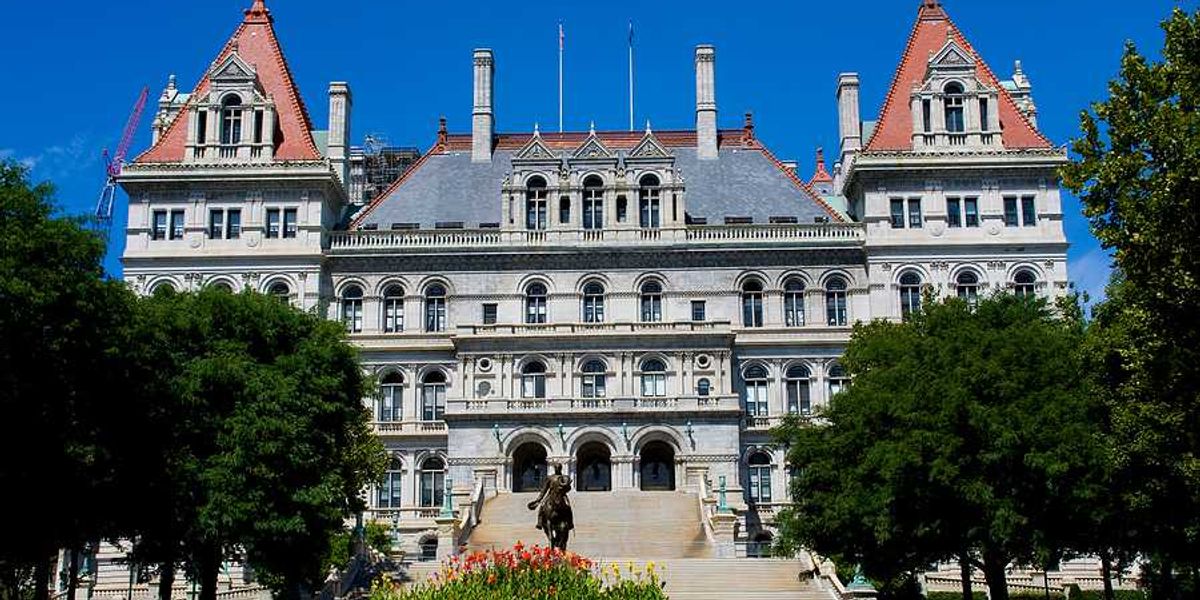Credit: aleria Nikitina/Unsplash+
6h
New England kicks off $450M plan to supercharge heat pump adoption
The program aims to use federal funds awarded under the Biden administration to deploy more than 500,000 heat pumps in the chilly region over the next few years.
Read the Full Article on www.canarymedia.com
www.canarymedia.com
Credit: Kman59/Big Stock Photo
6h
Takeaways from the COP30 climate summit in Brazil
This year's U.N. climate change summit ended with a tenuous compromise for a deal that skipped over most countries' key demands but for one: committing wealthy countries to triple their spending to help others adapt to global warming.
Read the Full Article on www.reuters.com
www.reuters.com
Credit: TRITOOTH/Big Stock Photo
6h
Our almost-apocalyptic climate future
By shooting for 3 degrees Celsius of warming, the world could slide toward a more cataclysmic 4 degrees.
Read the Full Article on www.theatlantic.com
www.theatlantic.com
Credit: Dzmitry Dzemidovich/Big Stock Photo
6h
Is it possible to stop greenwashing in the meat industry?
Recent settlements with Tyson Foods and JBS mark a turning point in efforts to hold major meat producers accountable for misleading climate claims.
Read the Full Article on www.vox.com
www.vox.com
Credit: xprtshot/Big Stock Photo
6h
Environmentalists want Kathy Hochul to lose her primary
New York climate advocates are mounting an unusual campaign against Gov. Kathy Hochul, accusing her of retreating on clean-energy commitments and backing fossil fuel projects as she seeks reelection.
Read the Full Article on www.notus.org
www.notus.org
Credit: Mark König/Unsplash
22 November
Plans to dispose of mining waste in Norway’s Arctic Ocean worries Sámi fishers, herders
Mining company Blue Moon Metals plans to dispose of its mining waste in Repparfjord, a nationally protected salmon fjord in the Norwegian Arctic that Indigenous Sámi fishers rely on.
Read the Full Article on news.mongabay.com
news.mongabay.com
Credit: Elly Kelders/Unsplash
21 November
The next deluge may go differently
Explore how Wisconsin Wetlands Funding aids in restoring ecosystems and managing floodwaters effectively across the region.
Read the Full Article on www.circleofblue.org
www.circleofblue.org
From our Newsroom
Multiple Houston-area oil and gas facilities that have violated pollution laws are seeking permit renewals
One facility has emitted cancer-causing chemicals into waterways at levels up to 520% higher than legal limits.
Pennsylvania health advocates say Trump’s first 100 days in office have caused “100 harms” to local communities
“They're terrorizing these scientists because they want to keep them silent.”
Regulators are underestimating health impacts from air pollution: Study
"The reality is, we are not exposed to one chemical at a time.”
Two years into his term, has Gov. Shapiro kept his promises to regulate Pennsylvania’s fracking industry?
A new report assesses the administration’s progress and makes new recommendations
An open letter from EPA staff to the American public
“We cannot stand by and allow this to happen. We need to hold this administration accountable.”
New evidence links heavy metal pollution with wildfire retardants
“The chemical black box” that blankets wildfire-impacted areas is increasingly under scrutiny.













